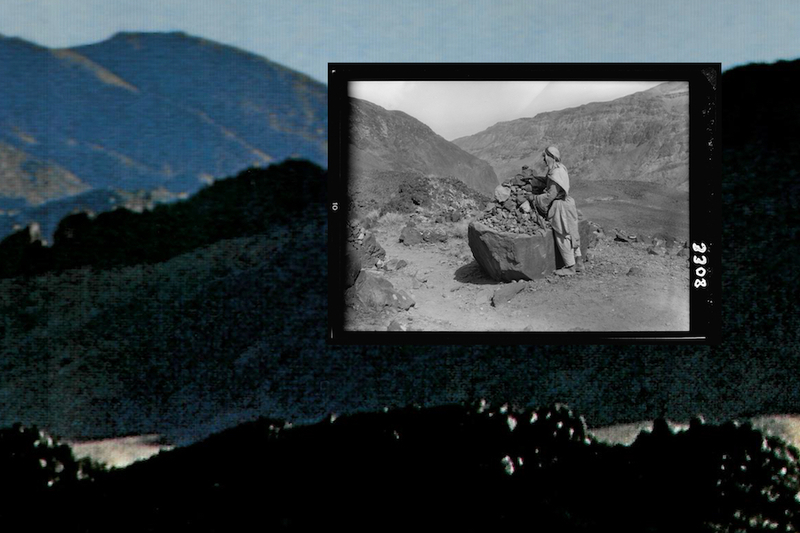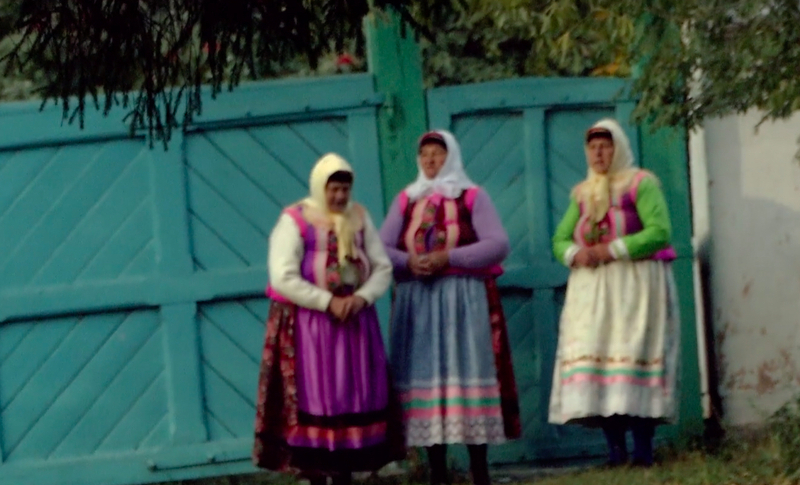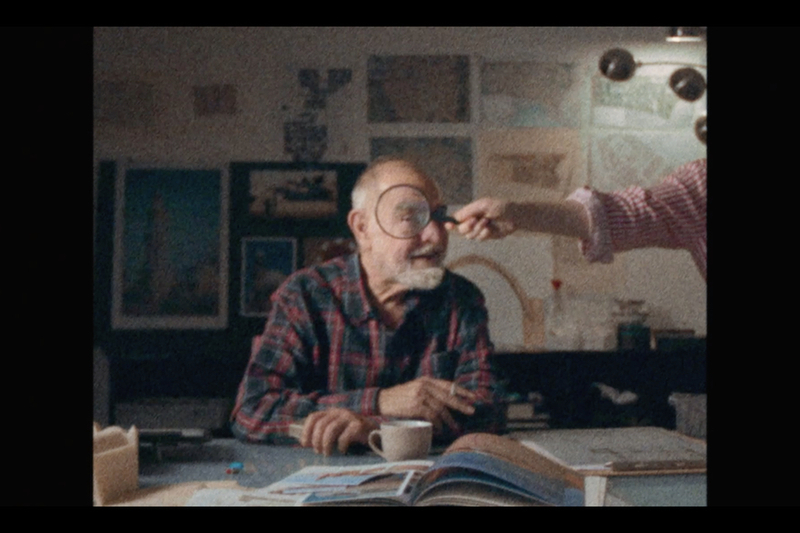
The theme of the Diriyah Contemporary Art Biennale is “After the Rain,” meant to evoke the scent that comes from the ground and represent the processes of revitalization and cyclical renewal. Until May 22 at (EE) Films you could watch 18,000 Worlds by Uzbek artist Saodat Ismailova, one of the video works presented at the Biennale. It is a video talisman that affirms the many different ways to feel, exist, and experience time. The screening is accompanied by a story from the artist about her inspiration to create this work, written by Konstantin Koryagin.
In 2022, I received the Eye Art & Film Prize from the Eye Film Museum in Amsterdam and my solo exhibition was planned to be held there. I decided right away that I didn't want the show to take the shape of a retrospective. I was willing to work with my own archive, with shots that didn't make it into my films, but through which the viewer could learn about my other works. I was also curious about the collection of the Eye Museum, which has one of the largest film archives in Europe. Attempting to unite these two threads with a common idea, I remembered the concept of 18,000 worlds, which I had heard about in childhood from my great-great-grandfather. This concept is not a part of orthodox Islam, but it is quite widespread in its mystical versions. The exhibition was thus titled 18,000 Worlds, and the new film brought together my previous works, structuring them conceptually.
I began to study this concept more deeply by reading philosophers of the Muslim world, starting with Ibn Arabi and Abu Hamid al-Ghazali. My intuitive desire to work with this theme grew stronger when I found a phrase from my favorite philosopher Shihab al-Din Suhrawardy’s work “Bustan al-Kulub”:
The whole universe, the 18,000 worlds of light and darkness, are degrees of irradiation and radiation of the primordial Light which shines everywhere, remaining unchanged and eternally the same.
And, naturally, I consulted the manuscripts of my great-great-grandfather Abdul-Aziz Turkestoni, from whom I had heard about 18,000 worlds when I was a child. This is how a certain inner space was born, a mystery within which I wanted to experiment, to create a work that would ask questions, but in no way offer answers.
The next thing that I had to think about was method. It was clear that I had to write a text, but on what principle would I combine archival footage? I was certain it could not be just a random collage. I decided to start the editing with the material I shot at the Institute of Archaeology in Nukus in 2017. This is footage of the process of restoration of wall paintings, which was led by Vadim Yagodin and assisted by Zafara Aliyeva. They were assembling portraits of the ruling family of KhorezmKhorezmA region of Uzbekistan located in the northwest of the country in the lower reaches of the Amu Darya River from small pieces of paint, scraping off the centuries-old layer of earth beforehand. We had a very interesting conversation about whether the head of the family was a man or a woman — it was almost impossible to tell from the portraits.
The documentation of the restoration appears three times in the work: first we see the photographs and how the surface is scraped, then how the lines of the drawing emerge under the layer of earth, and then the restored portrait from the Zoroastrian, pre-Islamic time. This line gives the movie a certain cyclical character, thanks to that it consists as if of three small circles that are further united into a larger one. The restoration process reminded me of my process of working with the archive, only in my case, the main material is pieces of memory, which I first mentally unearth and then layer on top of each other.
In my case, the main material is pieces of memory, which I first mentally unearth and then layer on top of each other
Then I remembered my video about the connection of color with the inner state of a person, which I made based on the ideas of Najimetdin Kubra, a philosopher of color, a mystic and associate of Suhrawardy. Then shots of Tashkent embroidery, with which I often work, came to my mind. They are considered astral and symbolize the cosmos. This again referred me to the idea of a circle, which seems static because it is in continuous movement. Putting these images together, I finally had a feeling that I am ready to navigate the theme of 18,000 worlds.
Since it all started with the manuscripts of my great-great-grandfather Abdul-Aziz Turkestoni, which I perceived as a sort of my protective text, the movie 18000 Worlds also has become like an amulet or a video talisman to me. This is also implied in the text read throughout the film. For example, when the voice says that people will still keep these worlds despite the external changes that are happening in the world. For me, these 18,000 worlds are not so much about different geographies, cultures, and histories, but about different ways of feeling, of experiencing time, of existing. Modernity, colonialism, and patriarchy all lead to a certain “rational” norm that leads to the erasure of difference. This is problematic for me, and so I see 18,000 Worlds as an amulet aimed at preserving diversity and breadth of thought, the possibility of allowing other forms of understanding of life to exist.





